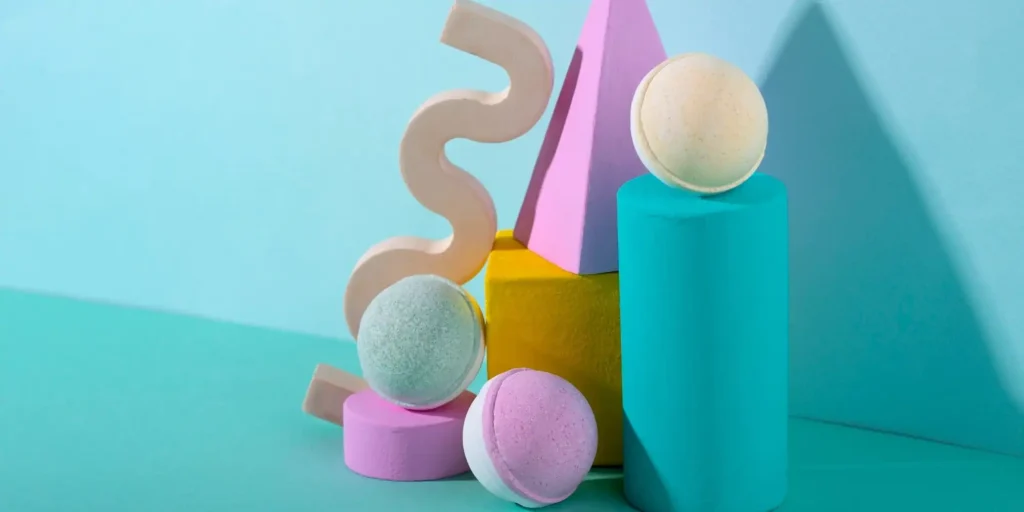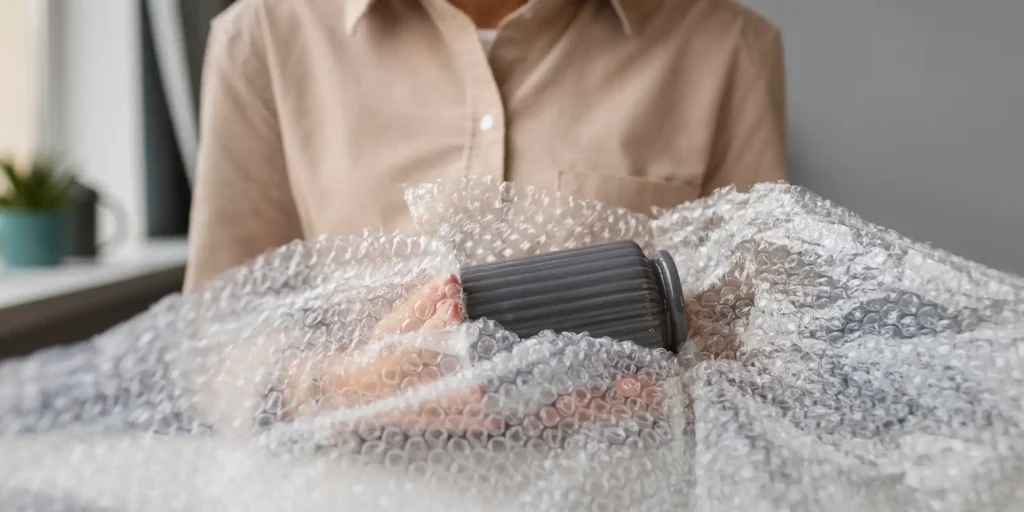What is EVA Material?
Ethylene Vinyl Acetate (EVA) is a copolymer material combining ethylene and vinyl acetate monomers. With vinyl acetate content typically ranging from 10% to 40%, this versatile EVA material exhibits:
- Excellent flexibility and rubber-like elasticity
- Strong chemical resistance
- Good transparency and gloss
- Low-temperature toughness (-70°C)
- FDA compliance for food contact applications
Key Characteristics of EVA Foam
Ethylene Vinyl Acetate foam (EVA foam) is created through a chemical foaming process, resulting in a lightweight cellular structure offering:
| Property | Benefit |
|---|---|
| Density 0.03-0.20 g/cm³ | Extremely lightweight |
| Shore C Hardness 20-90 | Customizable cushioning |
| 0.02-0.05 W/mK heat conductivity coefficient | Effective thermal insulation |
| 0.5%-2% water absorption | Water-resistant performance |
Top 5 Industrial Applications of EVA Foam
- Footwear Manufacturing
Midsole components in 65% of athletic shoes utilize EVA foam for energy return and impact absorption - Packaging Solutions
Protective inserts for electronics (e.g., smartphone cases, camera padding) - Sports Equipment
Yoga mats, martial arts flooring, and bicycle seat padding - Automotive Components
Sound-dampening trunk liners and door panel insulation - Renewable Energy
Solar panel encapsulation layers with UV stability
Environmental Considerations
Modern EVA material innovations address sustainability challenges:
- Cross-linked EVA (XLEVA) enables recycling through thermal reprocessing
- Bio-based vinyl acetate developments reduce petroleum dependency
- Closed-cell structure extends product lifecycle by 40% compared to open-cell foams
Selection Guidelines for EVA Products
When specifying Ethylene Vinyl Acetate foam, consider these critical parameters:
- Compression set resistance (<15% after 22hr @70°C)
- Tear strength (>3.5 kN/m)
- Customizable colors and surface textures
- Flame resistance ratings (UL94 HF-1 compliant options available)
- Anti-static properties (surface resistivity 10^6-10^9 Ω/sq)
FAQs About EVA Foam and Material
Q1: How does EVA foam compare to polyethylene (PE) foam?
A: While both materials offer cushioning, EVA foam provides 30% better energy return and 2X higher temperature resistance (-70°C to 80°C vs PE’s -50°C to 60°C).
Q2: Can EVA material be recycled effectively?
A: Modern cross-linked EVA achieves 85% recyclability through thermal reprocessing (see Environmental Considerations section). Always check resin codes (EVA = #7 “OTHER”).
Q3: Is EVA foam safe for children’s products?
A: FDA-compliant grades pass ASTM F963 toxicity tests. Look for phthalate-free formulations with CertiPUR® certification.
Q4: What’s the typical lifespan of EVA foam products?
A: Under normal conditions:
- Shoe midsoles: 500-800 miles of use
- Industrial padding: 5-7 years
- Outdoor applications: 3-5 years (with UV stabilization)
Q5: How to clean and maintain EVA foam surfaces?
A: Use mild soap solution (pH 6-8) and soft brush. Avoid acetone/alcohol cleaners that may degrade vinyl acetate bonds.




